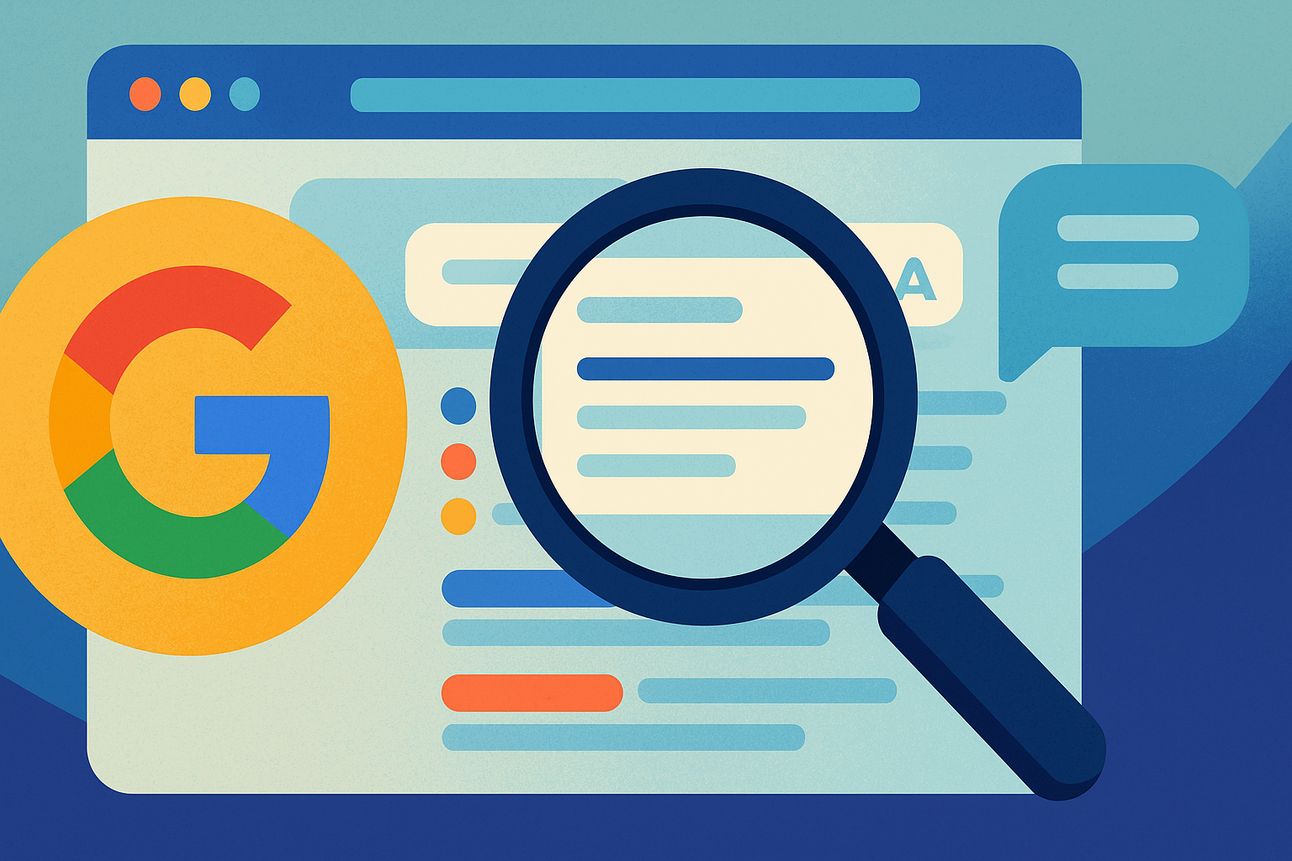- The Midas Report
- Posts
- Zero Click Surge: Google’s AI Summaries Are Eating the Internet
Zero Click Surge: Google’s AI Summaries Are Eating the Internet
(4 min. read)

Google’s AI Overviews are changing the shape of the web and not in a way content creators will celebrate. New data shows that nearly 69 percent of all Google searches now end without a single click, up from 56 percent last year. This shift toward “zero click” results, largely driven by AI generated summaries is draining traffic from even the largest content publishers.
According to data cited by The Times, organic visits to top news sites have dropped from roughly 2.3 billion in mid 2024 to just under 1.7 billion by May 2025. That’s a staggering loss of visibility in under 12 months, raising urgent questions about content monetization, platform dependency, and the future of web discovery.
AI Overviews, Real World Fallout
Google’s AI Overviews deliver direct answers at the top of search pages by summarizing web content, often quoting or paraphrasing publishers. For the user, it’s convenient. For the publisher, it can be disastrous. Traffic that would traditionally land on news articles, product pages, or blogs is now increasingly absorbed within the search engine itself.
This change affects more than newsrooms. Any business that relies on organic visibility from educational sites to ecommerce brands now faces an uphill battle for attention.
The AI summaries often source from high authority websites without a clear path back to the original content. In many cases, even attribution is buried, inconsistent, or missing altogether.
Legal Pressure Is Building in Europe
Pushback has begun. A formal antitrust complaint has been filed in the EU, accusing Google of abusing its dominant market position by extracting and summarizing publisher content without adequate permission, payment, or opt out mechanisms. The complaint argues that this practice not only undermines competition but also erodes the financial backbone of independent journalism and digital publishing.
Whether regulators force changes remains to be seen. But the clock is ticking for businesses that depend on discoverability to drive revenue.
ChatGPT Sends More Traffic, But Not Enough
Interestingly, not all AI platforms are equally extractive. OpenAI’s ChatGPT, which recently added link attribution and browsing capabilities, has seen a 25× surge in outbound referrals from under 1 million in 2024 to over 25 million by mid 2025, according to TechCrunch and Technology.org.
That sounds promising, but the raw numbers remain small compared to what Google controls. Even with that growth, ChatGPT traffic is not enough to compensate for the massive traffic vacuum caused by AI driven search.
Still, this contrast highlights a potential path forward: platforms that surface and credit content can be partners, not just disruptors.
Strategic Moves for Content Driven Businesses
For startups, creators, and media companies, the implications are clear. Search driven models are becoming riskier. If you depend on inbound traffic from Google to monetize content, sell products, or drive leads, your margins may already be under pressure.
The first move is diagnostic: audit your referral traffic. Look for signals that zero click behavior is rising. If you see drops in Google driven visits without corresponding declines in impressions, the issue may not be SEO, it may be AI absorption.
Next, prioritize direct channels. Email newsletters, embeddable tools, custom APIs, and passwordless subscriptions can create durable relationships with audiences beyond search. Brands that control distribution will weather this shift better than those who rent attention.
Finally, explore monetization through partnership, not protest. If AI summaries are inevitable, your best defense may be strategic alignment. Offer curated content feeds, “Offerwall” style licensing, or branded snippets. Some publishers are already inking deals with AI platforms for controlled access and value exchange.
The rise of AI Overviews signals more than a traffic trend. It is a structural change to how information flows across the web. Content is still king but increasingly, it’s ruling through a glass wall.
Sources:
https://www.thetimes.co.uk/article/google-ai-overview-destroying-news-traffic
https://www.reuters.com/technology/google-hit-eu-complaint-over-ai-overview-content-2025-06-20
https://techcrunch.com/2025/06/24/chatgpt-referrals-surge-google-zero-click-squeeze
https://technology.org/2025/06/26/openai-referral-data-vs-search-traffic-trends
https://www.vanityfair.com/news/2025/06/google-search-ai-publisher-conflict
https://nypost.com/2025/06/25/google-accused-of-killing-news-sites-via-ai-search